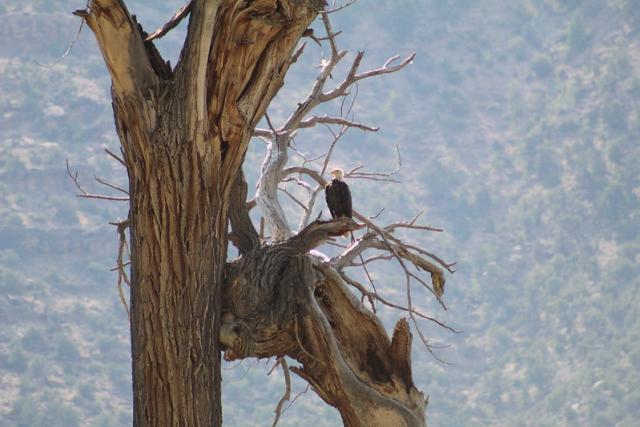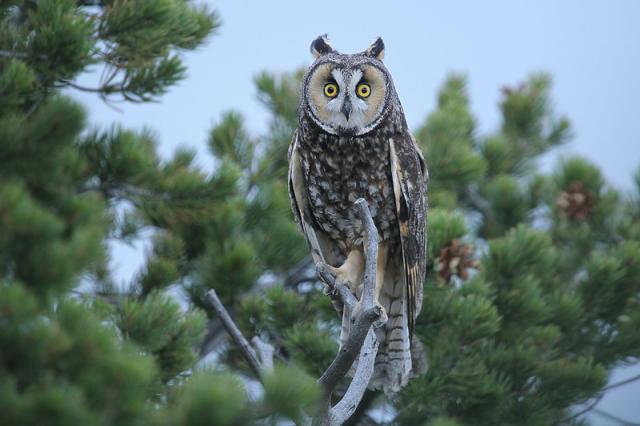BLM, RINS seek volunteers to monitor raptor nests
Organization:
Media Contact:
The Bureau of Land Management's Utah State Office is calling for community involvement in the Raptor Inventory Nest Survey (RINS), a unique opportunity to participate in a critical citizen science project focused on the state's raptors, including eagles, hawks, falcons, osprey, and owls.
Through the RINS programs, citizens help collect data on these birds of prey, including identifying their presence and nesting behaviors. The data collected is crucial for the management and protection of these species in Utah.
Volunteers for this project do not need a scientific background. The program is open to anyone with a love for Utah's natural landscapes, especially remote areas, and a commitment to conserving raptors. The key requirement is a willingness to engage in this important environmental initiative.
Training workshops for prospective volunteers are scheduled for February and March. These sessions will provide the necessary skills for identifying raptor nests and collecting vital data. Participants are encouraged to have their own binoculars, GPS unit, digital camera, and an active email address. The commitment involves regular monitoring visits to an assigned area from March through July.
For more information on the workshop locations, timings, and training details, interested individuals are encouraged to contact RINS at 801-554-0807 or via email at [email protected]. Additional information about the Raptor Inventory Nest Survey can be found at http://rins.org/.
The BLM manages about 245 million acres of public land located primarily in 12 western states, including Alaska, on behalf of the American people. The BLM also administers 700 million acres of sub-surface mineral estate throughout the nation. Our mission is to sustain the health, diversity, and productivity of America’s public lands for the use and enjoyment of present and future generations.


